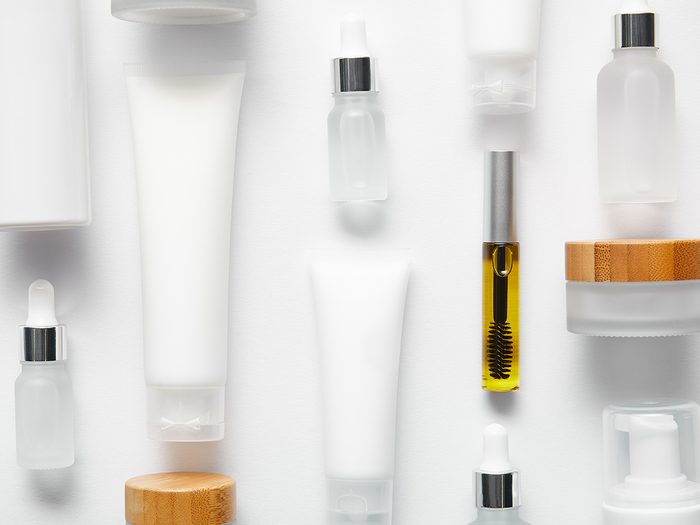
How to mix and match, safely
Many different ingredients in serums, creams, moisturizers, and face washes offer benefits for your skin. But just because they’re good for your skin doesn’t mean you should use them together. In fact, mixing some skin care ingredients could actually harm your complexion. Here are the things dermatologists say not to combine—as well as the ones that work really well together.
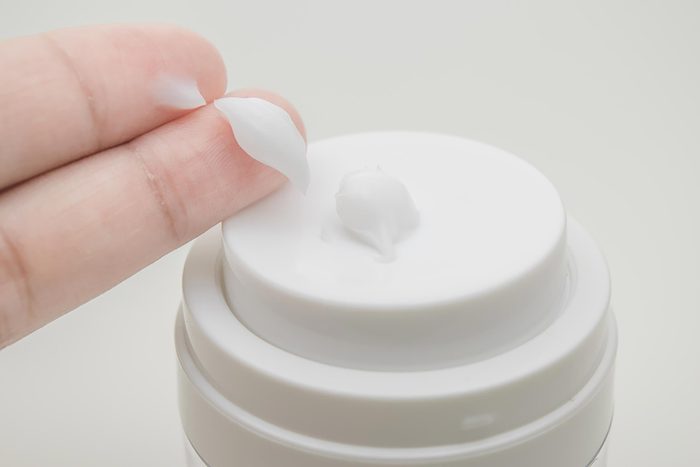
Don’t mix: Retinol and hydroxy acids
Retinol is the topical anti-aging miracle worker and alpha hydroxy acids are hailed for softening fine lines and wrinkles. Because they accomplish similar goals of accelerating skin cell turnover, it would seem to make sense to combine them. But, as Joshua Zeichner, MD, the director of cosmetic and clinical research in dermatology at Mount Sinai Hospital in New York City, points out, they both also can trigger potentially irritating side effects—especially when combined. “They’re both harsh on the skin individually, so they cause even more detriment when used together.”

Mix: Retinol and hyaluronic acid
Most dermatologists are willing to tout the seemingly endless benefits of retinol, which is essentially a form of vitamin A and nearly all will warn you about its extensive, drying side effects. “Retinol is known to cause irritation to the skin, especially when a proper moisturizing regimen is not put in place,” warns Dr. Zeichner. That’s why a hydrating agent, such as hyaluronic acid, can be helpful. “Retinol is an incredible tool to speed up cellular turnover smooth skin and boosts collagen, while hyaluronic acid helps draw water into the skin providing a plump, glowing complexion,” says Arielle Panarello, medical aesthetician at Union Square Laser Dermatology in New York City. “You can counteract some of the dryness while still letting the retinol penetrate the outer layer of the skin.”
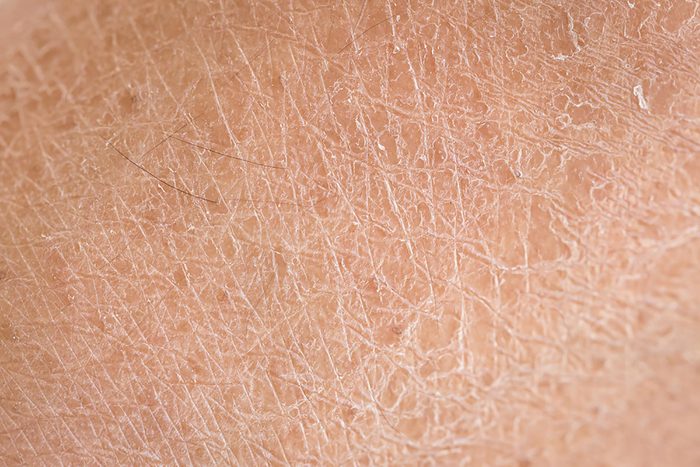
Don’t mix: Benzoyl peroxide (BPO) and retinol
No matter your skin type, one combo you should avoid is retinol plus benzoyl peroxide, a common acne treatment that’s strong enough on its own. When the two are mixed together, Panarello says that most people experience dry, flaky, and peeling skin. In addition, some research suggests that benzoyl peroxide cancels the effects of retinol, which totally defeats the point of using the ingredient in the first place.
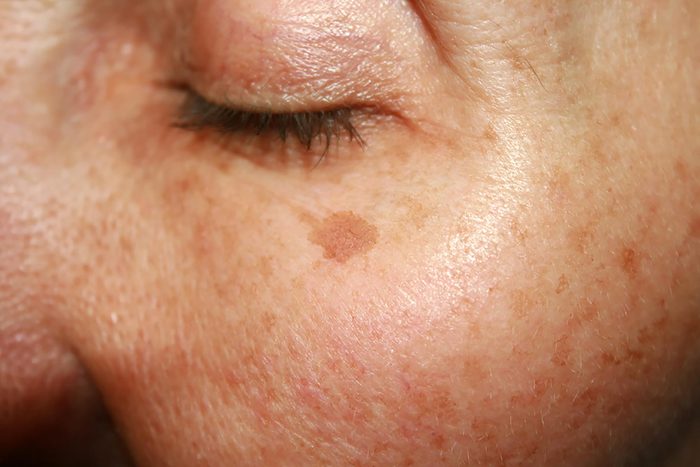
Mix: Vitamin C and vitamin E
Two vitamins—of course they go together, right? But it’s not that simple. There are a few good reasons why these immune system-fighting and skin-rejuvenating nutrients work hand-in-hand on your skin. “Vitamin C fights against free radical damage and vitamin E is great to boost hydration,” says Panarello. “Used with the powerful antioxidant, ferulic acid, and we have a match made in heaven!” In a nutshell, any acid, including alpha hydroxy acids (AHAs) and beta hydroxy acids (BHAs), also make a nice combination and work well together to treat uneven pigment, dullness, and acne. “When combining these, you reap antibacterial and anti-inflammatory benefits,” Panarello adds.
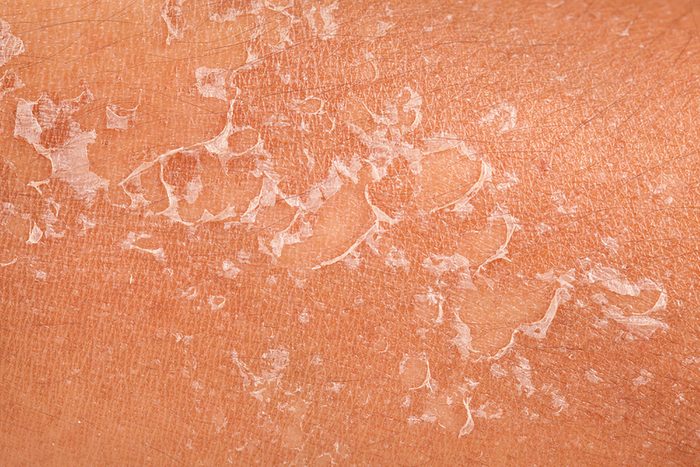
Don’t mix: Vitamin C and hydroxy acids
Most of us consider adding a “vitamin” to our skin-care regimen something similar to topping off our Frappuccino with a heaping of whipped cream. Can it really ever hurt? In the case of vitamin C and hydroxy acid, the answer is yes. “Vitamin C is a very temperamental ingredient that requires an acidic pH to remain stable and can easily become inactivated,” explains Dr. Zeichner. He recommends not applying it along with retinol, alpha hydroxy acids or beta hydroxy acids, as the formulas likely won’t play well together. (Here are more expert tips for getting glowing skin.)
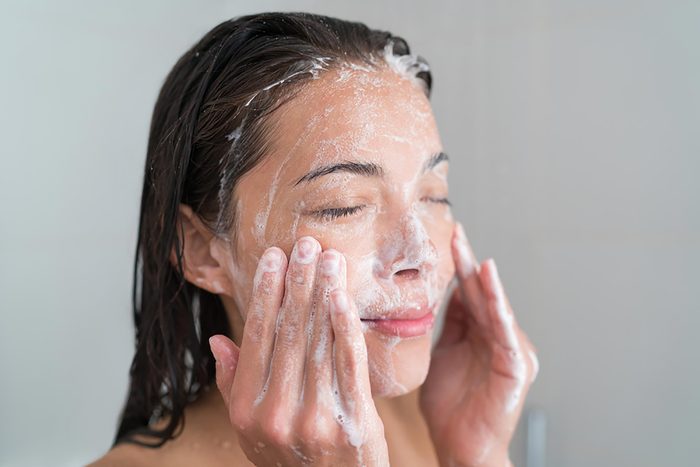
Mix: All the alpha hydroxy acids
It may seem counterintuitive that you can mix acids; after all, aren’t they harsh on your skin? “Low concentrations of several different alpha, or even beta hydroxy acids, may be combined to offer enhanced exfoliation,” explains Dr. Zeichner. “Glycolic and lactic acid are commonly paired with other acids like salicylic acid, malic acid for enhanced exfoliation (especially on the face!)”
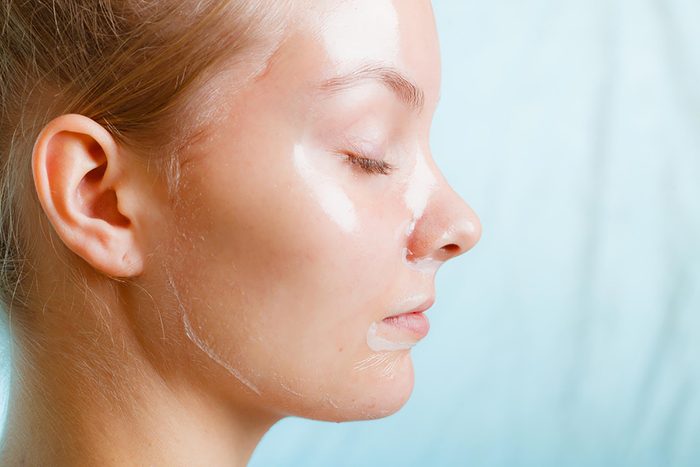
Don’t mix: Retin-A and peels or waxing
The skin care ingredients you apply at morning and nighttime might seem totally different than your occasional treatments like waxings, peels, or facials, but experts say they impact one another. For example, retin-A and other (weaker) forms of it, such as retinol, are problematic if used alongside peels or waxing procedures. Joel Schlessinger, MD, board-certified dermatologist, says he always recommends that his patients avoid using them for one day prior to and two days after peels or waxing, when skin may be irritated. “If waxing is done while these are being used, very often small tears in the skin (especially on the eyelids) may occur,” he says. “The same may occur with peels, such as glycolic peels.”
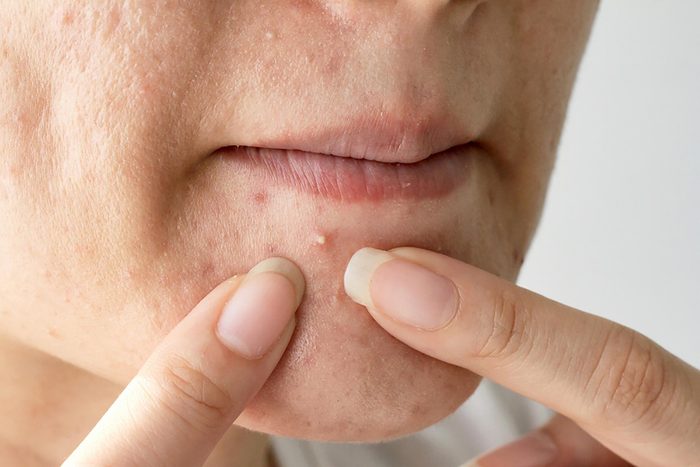
Mix: Benzoyl peroxide and salicylic acid
Benzoyl peroxide is a topical cure-all for breakouts and blemishes and salicylic acid has also been hailed (or decades as a pore cleanser, pore minimizer, and total skin exfoliation. Together, the two ingredients excel when it comes to determining the route of your acne problems, says Dr. Zeichner. He suggests trying out a cleanser that incorporates the two. (Here are skin conditions that look like acne but aren’t.)

Don’t mix: Certain antibiotics and the sun
You might not think of the sun as a “skin care ingredient,” but the sun does have serious interactions with a myriad of antibiotics including tetracycline, minocycline, doxycycline, and Bactrim (trimethoprim/sulfamethoxazole). Additionally, Accutane, a strong form of vitamin A (and parent drug of Retin-A) can be especially likely to cause burns or sun allergies if exposed during treatment, says Dr. Schlessinger. While sunscreens may help to some degree, the damage is often subtle at the time of exposure and severe over time, so caution is the best idea.

Just don’t: Overdo it with too many products
Patients can reach skin synergy by using certain products simultaneously, says Tyler Hollmig, MD, director of laser and aesthetic dermatology at Stanford Health Care. “Typically, the key to success is choosing products that act by different mechanisms to achieve a similar goal—for example, using a topical antibiotic to reduce inflammation and kill acne-related bacteria, while also using a retinoid to exfoliate the skin and mature sweat glands is a wonderful and typically safe combination treatment for acne.” From a purely cosmetic standpoint, he suggests using a night moisturizer in combination with a retinoid (tretinoin, adapalene, tazarotene, etc) or azelaic acid-based product (Finacea) to keep your skin smooth and healthy while simultaneously reducing the risk of skin irritation.
Now learn about the most important skincare product, after sunscreen.
